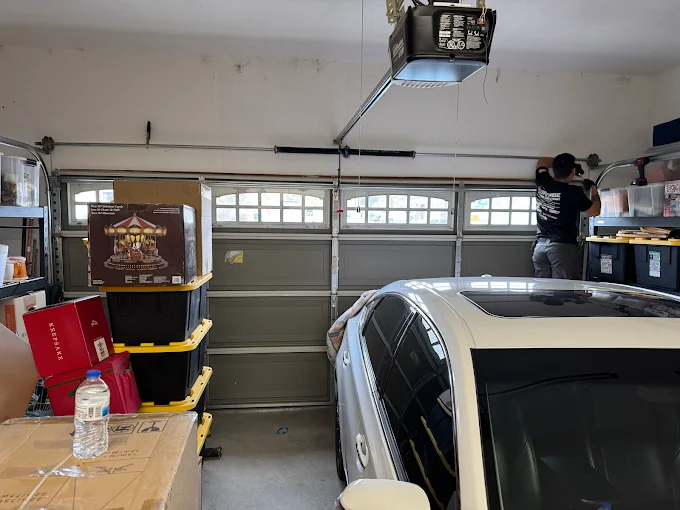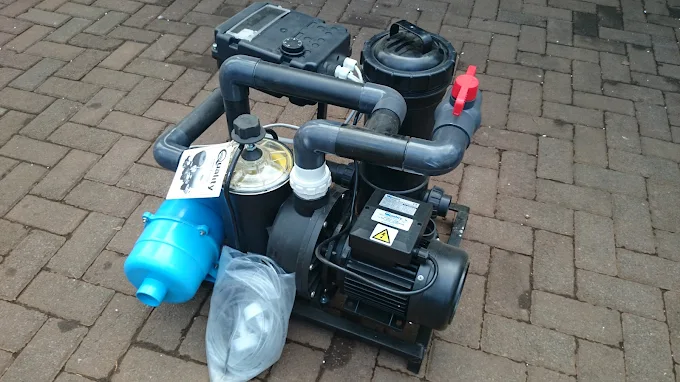
In today’s fast-paced construction industry, delivering projects on time and within budget is more challenging than ever. With rising material costs, skilled labor shortages, and increasingly complex building systems, project managers and developers must find smarter ways to control expenses and streamline operations. One of the most effective tools for achieving this is MEP estimating services—a strategic asset that offers both cost reduction and operational efficiency throughout the construction lifecycle.
In this article, we’ll explore how MEP estimating services contribute directly to financial savings and improved performance, making them indispensable for modern construction projects.
Understanding MEP Estimating Services
MEP estimating refers to the detailed process of forecasting the cost of Mechanical, Electrical, and Plumbing (MEP) systems in a construction project. These estimates include labor, materials, equipment, permits, overhead, and contingencies. Unlike general cost estimates, MEP estimates are highly technical and require domain-specific knowledge of engineering systems, local codes, and market pricing.
MEP estimating services are typically provided by specialized consultants or firms using advanced software and industry databases. These services can be delivered at various project stages, including conceptual planning, design development, and pre-construction.
1. Accurate Budgeting Prevents Overruns
One of the most immediate ways MEP estimating services reduce costs is by providing accurate budgets from the outset. Construction projects that begin without detailed, reliable estimates often face unexpected costs due to overlooked details or underestimated scopes.
How it saves money:
- Prevents underbidding or overbidding on projects
- Avoids last-minute budget adjustments or reallocation
- Helps allocate funds appropriately across project phases
- Reduces reliance on change orders, which can be costly and time-consuming
With precise MEP estimates in hand, stakeholders can confidently plan and execute within financial boundaries.
2. Early Detection of Design Conflicts
During the design phase, MEP estimating services can work alongside Building Information Modeling (BIM) tools to detect potential clashes between systems (e.g., ductwork interfering with structural beams). This collaboration prevents costly rework once construction begins.
Efficiency benefits:
- Identifies installation conflicts early in the planning stage
- Minimizes field modifications
- Improves coordination among trades
- Saves time during installation by reducing stop-work situations
Early coordination helps projects avoid construction delays and reduces labor costs caused by on-site problem-solving.
3. Labor Cost Optimization
Labor often accounts for a significant portion of MEP installation costs. Estimating services offer detailed breakdowns of labor hours and crew requirements, allowing for optimized workforce planning.
Cost and efficiency improvements:
- Accurate labor forecasts reduce idle time and overtime
- Allows for efficient crew scheduling and resource allocation
- Ensures right-sized teams for specific tasks
- Prevents project delays caused by under- or overstaffing
By optimizing labor deployment, project managers can control expenses while maximizing productivity.
4. Smarter Procurement Decisions
Material prices can fluctuate significantly. MEP estimators use current market data to forecast material costs accurately and recommend cost-effective procurement strategies.
Benefits include:
- Identifying the best times to purchase materials
- Suggesting alternative materials with similar performance but lower cost
- Avoiding over-ordering or under-ordering
- Minimizing waste and surplus disposal costs
These services can also support bulk purchasing strategies and establish supplier partnerships, reducing unit costs and delivery delays.
5. Value Engineering for Cost Savings
One of the most valuable aspects of MEP estimating services is their ability to offer value engineering—the process of evaluating design alternatives that achieve the same functionality at a reduced cost.
Examples of value engineering include:
- Replacing costly components with more economical equivalents
- Simplifying complex system designs to reduce installation labor
- Choosing modular or prefabricated components to reduce onsite work
- Suggesting energy-efficient systems that lower long-term operational costs
This ensures that financial savings are achieved without compromising performance, safety, or code compliance.
6. Faster, More Reliable Bidding
Accurate and detailed MEP estimates enable contractors and developers to submit more competitive bids without sacrificing profit margins. Reliable estimates also increase the chance of winning contracts and avoiding bid rejections.
Advantages for bidding:
- Prevents underbidding that leads to future losses
- Increases confidence with detailed breakdowns
- Helps secure financing or stakeholder approval
- Provides transparency to clients and partners
By reducing guesswork, estimators empower contractors to make data-driven, profitable decisions.
7. Reduced Rework and Change Orders
Inaccurate cost estimations can lead to frequent changes and rework, which are among the top causes of project delays and budget overruns. MEP estimating services reduce the likelihood of these disruptions by thoroughly evaluating all system components before construction begins.
Impact on cost and time:
- Ensures realistic cost projections and scope alignment
- Minimizes design changes due to budget constraints
- Reduces time lost to rescheduling and reinstallation
- Avoids costly contractual disputes and penalties
Each avoided change order saves both direct expenses and indirect costs associated with project delays.
8. Lifecycle Cost Analysis
Forward-thinking MEP estimators consider not only upfront costs but also long-term operational and maintenance expenses. This holistic approach helps owners and developers make smarter investments.
Examples of lifecycle cost savings:
- Estimating energy consumption of HVAC systems
- Projecting maintenance intervals and replacement costs
- Comparing long-term ROI between different system designs
By including lifecycle costs in the estimate, decision-makers can prioritize systems that provide ongoing efficiency and cost savings beyond the construction phase.
9. Streamlined Project Scheduling
Time is money in construction. MEP estimating services support detailed scheduling by breaking down tasks into quantifiable units and assigning realistic durations and resource needs.
Efficiency enhancements:
- Enables phased installation planning
- Coordinates timelines between different trades
- Reduces downtime and sequencing conflicts
- Improves predictability of milestones and handovers
Tighter schedules mean fewer delays, less overtime, and earlier project completion—all of which contribute to cost savings.
10. Enhanced Communication and Accountability
Detailed estimates promote transparency among all project stakeholders, improving communication and accountability. Clear cost breakdowns reduce misunderstandings, build trust, and support more effective project management.
Communication benefits:
- Easier approval processes with documented justification
- Aligns expectations between owners, designers, and contractors
- Provides a baseline for tracking cost performance over time
- Facilitates audits and cost reviews with clarity
Good communication is a hidden efficiency booster—MEP estimates make it easier to manage expectations and avoid disputes.
Conclusion
MEP estimating services are no longer a luxury—they are a strategic necessity for any construction project aiming to stay on budget and on schedule. From precise cost forecasting and value engineering to better labor planning and material procurement, these services offer powerful tools to reduce expenses and boost operational efficiency at every stage of construction.




